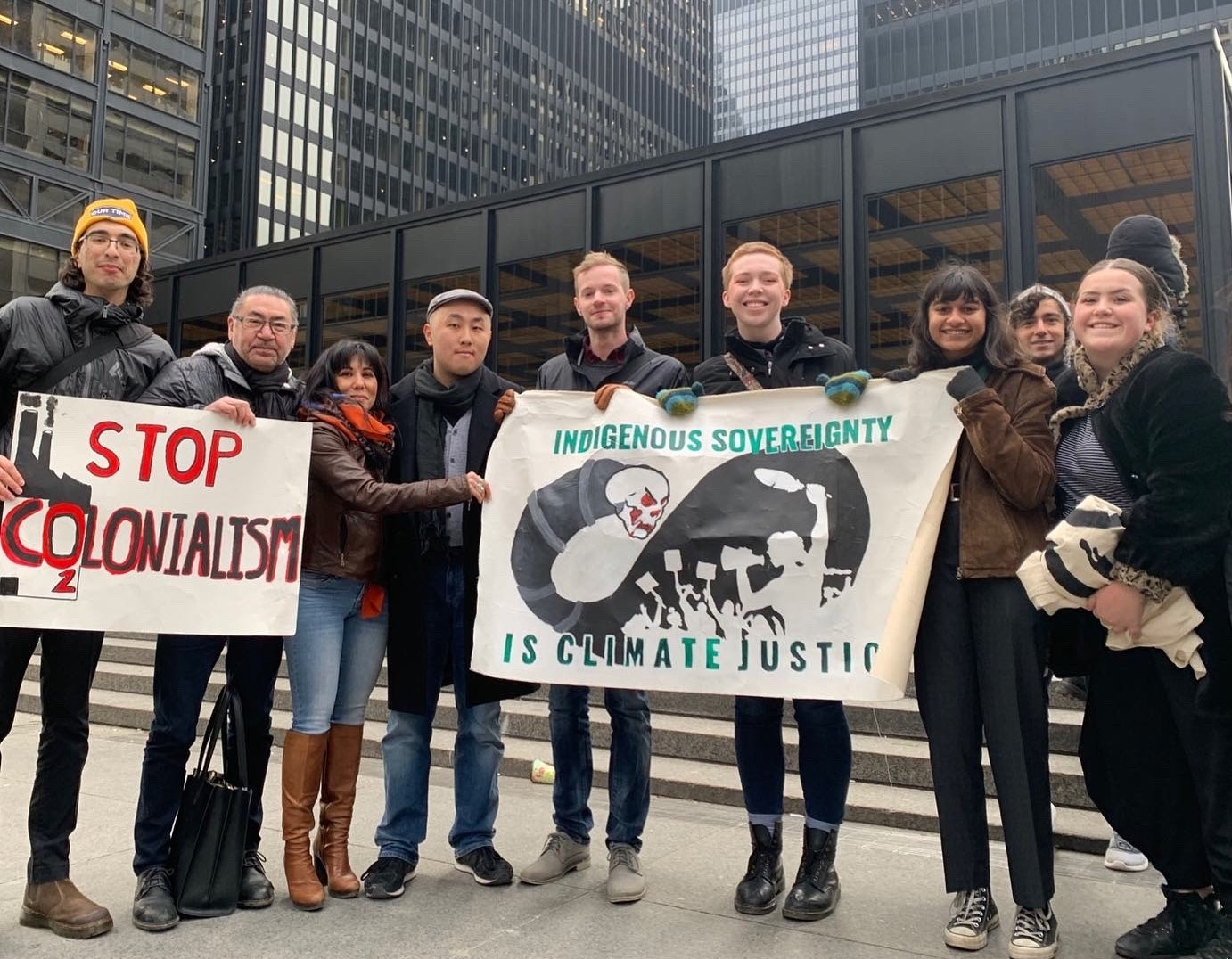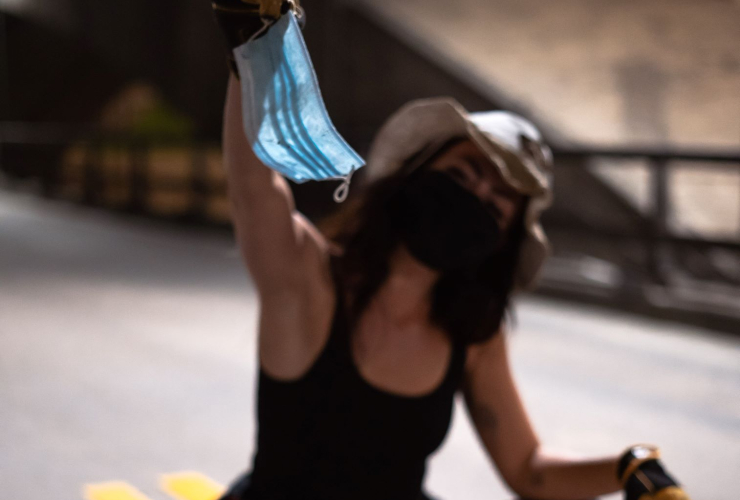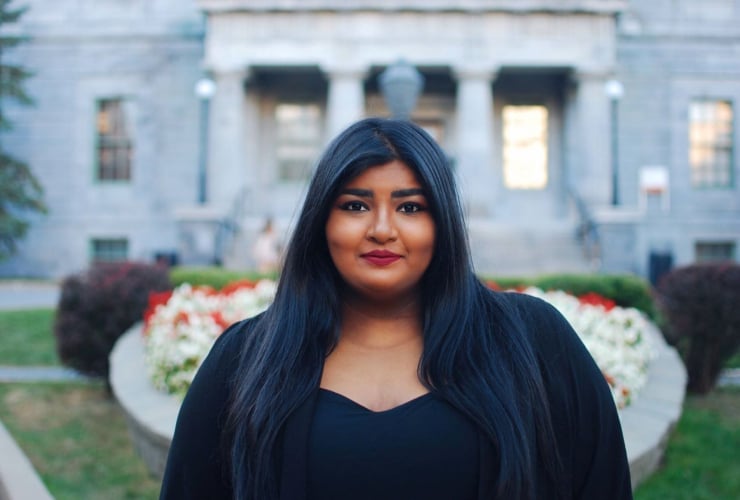At 18, Savi Gellatly-Ladd says she can’t remember the first protest she attended. “There have been so many,” she said.
As the daughter of activists, the first-year York University student and activist learned to organize at a young age. Her parents, Deena Ladd and Mary Gellatly, brought her to protests when she was an infant, and she recalls constant conversations about Stephen Harper’s government and union politics.
“They would take me to school protests in support of teachers a lot of the time,” she said.
It made her well-prepared to organize her own protests. In high school at Harbord Collegiate, she discovered one of her teachers had been the subject of complaints related to sexual misconduct — and that the Toronto District School Board had allegedly allowed him to continue teaching students for years after they were aware of allegations.
She joined a small group of students to remove the teacher and push for further changes to school policy on teacher misconduct, and they organized student walkouts on Fridays. At that point, the teacher was on leave from the school after pressure from parents and media reports, but he was still employed and marking assignments.
"In the middle of class, people in the school would just walk out, and you'd have a protest on the front steps. And then we scaled it up after we got that media response,” Gellatly-Ladd said.
“That was a huge learning moment, because I realized that without those organizational skills — bringing people together, working as a team, doing outreach — then it ends up being a disaster,” she said.
The teacher eventually left the school, Gellatly-Ladd said. The Ontario government later introduced legislation to strip teachers of their licenses if they are found guilty of sexually abusing a student, including sexualized comments and messages.
Gellatly-Ladd has since campaigned for the climate change organization Climate Justice Toronto, attended the Global Climate Strike in Toronto as a speaker and was one of the provincial organizers for Students Say No protests against Premier Doug Ford’s cuts to the education system.

“Right before lockdown was the Wet'suwet'en Strong Shut Down Canada movement,” she says. “I was going to actions at least twice a week. It was so intense, and I was organizing with my school as well.”
All of this before her first year at university, which began this past fall at York University (fittingly, she plans to double major in gender and environmental studies). Her entire university experience has taken place during the COVID-19 pandemic, which she says has been a struggle for the activist organizations she is involved in but inspired more creativity on online platforms.
Climate Justice Toronto is largely youth-led, and since the beginning of the pandemic they’ve made heavy use of Instagram and other social media platforms as educational tools. Savi says she joined the organization because it viewed climate change in relation to racism, capitalism and the legacy of colonialism.
“I was looking for an organization or a movement that I could join and I could still fight for all of the other issues that I cared about as well as climate justice,” she said. “I wanted to find an organization that was combating racial discrimination and looking at capitalism as one of the leading causes of the climate crisis.”
Gellatly-Ladd also makes and sells her own jewelry to raise funds for different causes, such as a mutual-aid fund for Black and indigenous people in the Toronto area and a fundraiser to support recently released prisoners during the pandemic.
A major focus for Gellatly-Ladd is to become more “intentional” in her activism — that is, to be more thoughtful about what she’s doing and why.
It’s important for her to centre the experiences of black, indigenous and people of colour in her organizing, she said. Her favourite book is The Bluest Eye by Toni Morrison for its portrayal of a young Black woman growing up wanting to be white. Gellatly-Ladd, who is South Asian, said it resonated with her.
“That's something I experienced my whole childhood too, wanting to have blue eyes and blond hair and be pretty,” she said. "That really made me feel more connected to myself, but also understand the ways that sexism and racism work in individuals as internalized hate."
Sebastian Leck / Local Journalism Initiative / Canada’s National Observer





Comments